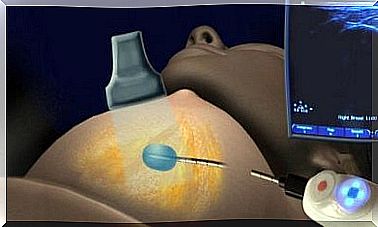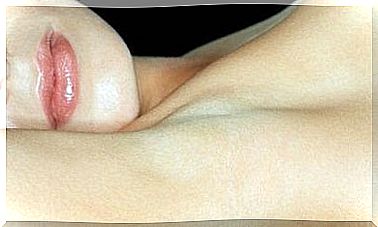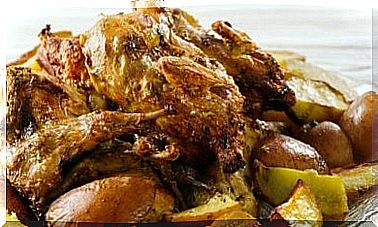Piloerection: Why Does Goosebumps Appear?
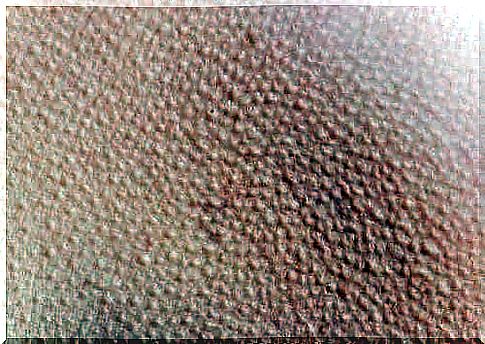
Piloerection is the scientific name for what most of us know as “goosebumps.” It is that lifting of the hair follicles when we are cold or we are excited, shocked or scared. There is also a neolatin medical term for piloerection: Cutis Anserina.
Scientists claim that piloerection is an evolutionary vestige that reminds us of the texture of bird skin after plucking flakes. People inherited this characteristic from their ancestors, who had goosebumps whenever they experienced extreme sensations.
For example, cats have a similar reaction. The hair rises whenever the cats feel danger and prepare to fight or run. Also, the hair swells and the cats become more aggressive, which is somewhat similar to how other animals react.
Piloerection: why does goosebumps appear?
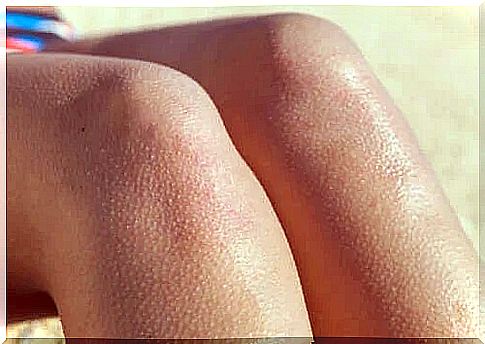
There is a contraction of the small muscles at the base of each hair. The hairs separate and rise, and the skin acquires a grainy appearance. This usually happens on the forearms, legs, neck and head.
The stimuli responsible for lifting hair are:
- shock
- Fear
- thrill
- Enthusiasm
Anatomical and biological aspects
The sympathetic system is activated during “exceptional situations” such as running away, stress, exercise and urgency. The adrenal glands release adrenaline, which enters the bloodstream. Thus, the piloerection takes place. It also increases muscle activity and we begin to tremble so that we can warm up when the piloerection is produced by low temperatures.
If chicken skin is the result of fear, then the piloerector reflex appears along with an increase in heart rate. Blood is pumped in large quantities to the large muscles and dilates the pupils to improve vision. Something similar happens with other shocks and strong emotions.
Piloerection function
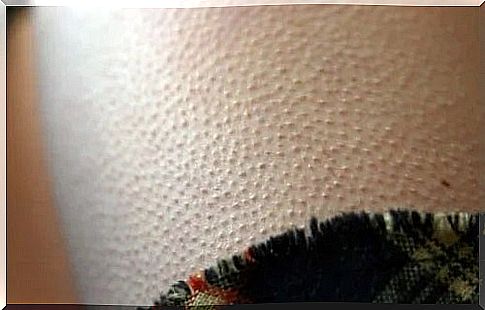
If chicken skin appears in response to fear, its role is to expand body volume. In other words, the opponent looks taller with his hair up and thus more intimidating. As you can see, this is a biological defense mechanism that activates when we feel threatened.
Guinea pigs are the best examples to illustrate the functions of piloerection. This animal lifts its hair when it senses danger. The same happens with many other mammals, such as chimpanzees, mice, cats, etc.
A human brain is much more complex than that of other species, and the piloerector reflex is also mediated by psychological factors. Our limbic system causes the appearance of goosebumps when we hear a song we like or the voice of someone who attracts us.


